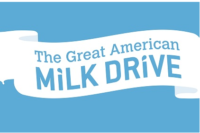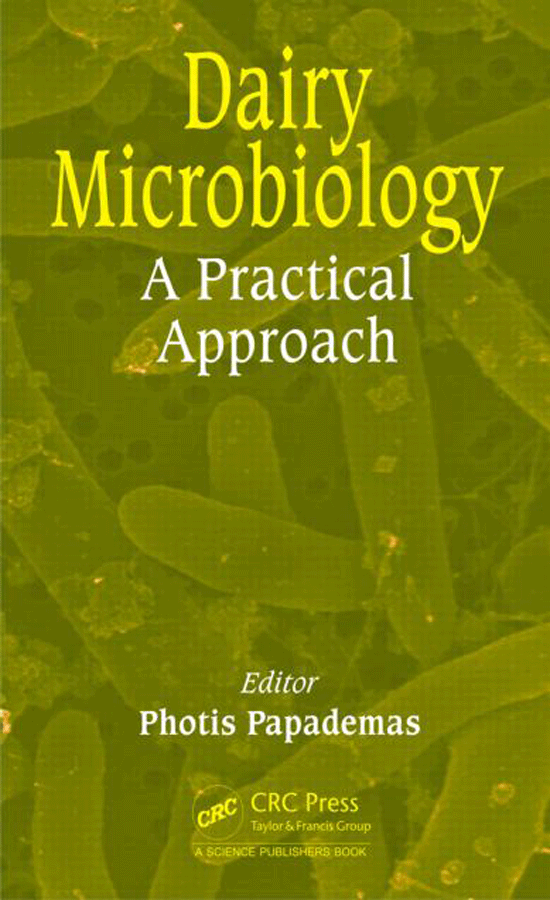Remember the Seinfeld episode where the characters gain weight eating what is suppose to be low-calorie frozen yogurt? Well, a few years ago, this sit-com scenario was reality for New Yorkers when the CremaLita chain of frozen dessert shops was charged by the Big Apple's Department of Consumer Affairs (DCA) with allegedly deceptive and misleading trade practices. The labeling issue arose in 2002 when The New York Times analyzed CremaLita ice cream and found that some of the products had two to four times as many calories as advertised.
The New York City DCA and CremaLita eventually settled the charges. The agreement included that CremaLita is to conduct independent testing on any new products claiming to be "low calorie," "low fat" or "fat free." When advertising a fat-free product, CremaLita also must display signage informing customers of all flavors of the product that are not fat free. When advertising a product as cholesterol free, CremaLita must clearly disclose that cream in its product adds a trivial amount of cholesterol. When advertising amounts of sodium, carbohydrates, fat or calorie contents, the company must clearly disclose the range of amounts to customers, as well as the highest amount. In addition, CremaLita stores now maintain weekly overrun measurements to ensure compliance with what is advertised.
Quantifying nutrients and ensuring levels has become a very important part of the food manufacturing environment, particularly as more and more consumers read package labels as a result of increased nutrition awareness. This information enables consumers to make informed decisions. Indeed, truth in labeling means accurate Nutrition Facts reporting, as well as complete ingredient statements, with disclaimers for the potential presence of recognized allergens.
When working with an analytical laboratory to generate the data necessary for a Nutrition Facts label, there are a number of things a food manufacturer can do to optimize the quality of the data and minimize unnecessary efforts. This includes working with the lab and determining the best means of sampling and shipping; communicating to the lab if the sample is an ingredient or finished product; relaying what form is the nutrient in (i.e., vitamin A present as beta-carotene or as retinol); specifying the serving size, etc. The fact is, some analysis may be unnecessary based on the sample. Communication is key to efficient and accurate testing.
For some food products, particularly those that are not very complex, which is the case for many dairy products, outside analysis is not always necessary. Processors can rely on nutrient analysis data from various databases and software packages. The most commonly used include USDA's National Nutrient Database for Standard Reference (www.nal.usda.gov/fnic/foodcomp/search). This free resource is provided by the Nutrient Data Laboratory of USDA's Agricultural Research Service. Another free resource is the Nutrition Analysis Tools & System (http://nat.crgq.com). This database uses USDA guidelines and product information from many of the world's leading food and beverage companies.
Members of the International Dairy Foods Association (IDFA) can access a members-only database for the amount of trans fat in milkfat. All food and beverage manufactures will be required by law to quantify trans-fat content on Nutrition Facts labels by Jan. 1, 2006.
This database provides IDFA members with a value for trans fat in milkfat, which can be used to calculate the amount of trans fat in dairy products. The amount of trans fat in milkfat was determined by sampling raw milk from different regions across the country, then making a weighted average based on the milk production in each region.
Fee-based databases are also available. These are most useful for complex food systems, such as prepared foods. Few dairy foods require such in-depth label development tools.

Testing in-house
Once the Nutrition Facts panel is determined, in-house nutrient content analysis provides manufacturers with the assurance that products leaving the facility comply with what labels state. Such testing is not required by law, but any dairy that wants to remain in business knows such laboratory tests are necessary for survival. In today's marketplace, products must meet composition specifications, after all, one never knows what The New York Times might decide to analyze next.Indeed, laboratory tests are part of many manufacturing functions, including a Hazard Analysis and Critical Control Points (HACCP) program, a regulatory inspection, a compliance audit, validation of a cleaning procedure, or, simply sampling for quality control. It is important that all samples be representative of the whole that is being analyzed.
Certain components should be analyzed daily, as well as frequently throughout the day. The components of most concern in the dairy industry are fat, protein and moisture. It is ideal when the tests are not only accurate, but rapid. This allows manufacturers to make adjustments, if necessary, while the product is still in the line, thus preventing costly recalls.
The key point here is the word "recall." No manufacturer wants to discover days later that a product was out of specification. This not only includes nutritive components (carbohydrate, fat and protein), but also select nutrients being flagged on labels with nutrient content claims.
In-house testing to monitor nutrient addition and blending in the processing line has become a part of many quality control programs. Most vitamins can be analyzed using high-performance liquid chromatography (HPLC) methods. These tests can be conducted in-house with reasonable costs associated for equipment and supplies. HPLC can also be used for other nutrient analyses such as sugar profiles. Minerals are commonly analyzed using atomic absorption, inductive coupled plasma, graphite analysis and other wet chemistry methods. For the most part, these tests can be conducted in a timely manner in the quality control lab with reasonable equipment costs.
All in-house laboratories should refer to The Official Methods of AOAC International to identify the most reliable compositional tests and methods for specific applications. Once validated, these tests will provide accurate and precise results to prevent Seinfeld nonfat frozen yogurt déjà vu.

Sidebar: In Addition to Composition Analysis . . .
More importantly than ensuring accurate product composition, foods and beverages must be safe when they leave the manufacturing facility. Safe has a dual definition here, in that the food must be free of pathogens as well as labeled properly regarding the presence of allergens.Proper sanitation and quality raw materials are the keys to safe food. Harmful microorganisms should never be present in finished foods and known allergens should only be in products where they are flagged on labels. Unfortunately, nothing is 100%, and therefore in-house rapid-testing for microorganisms and allergens can be a very effective and efficient way to prevent costly and embarrassing recalls. Such tests help manufacturers quickly determine whether there are harmful contaminants in products. They also help verify the cleanliness of the manufacturing environment.
Dairies striving for lengthier shelflives often test for non-life-threatening variables including spoilage microorganisms and various physical properties including color, texture and viscosity.
Time savings in the form of speed-to-result has a significant impact on productivity, as questionable products tend to be held in a connected warehouse until testing is complete. In-house testing can reduce hold times from a week to a day or two.







